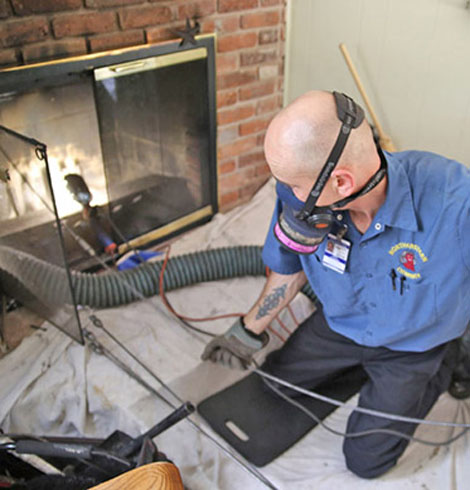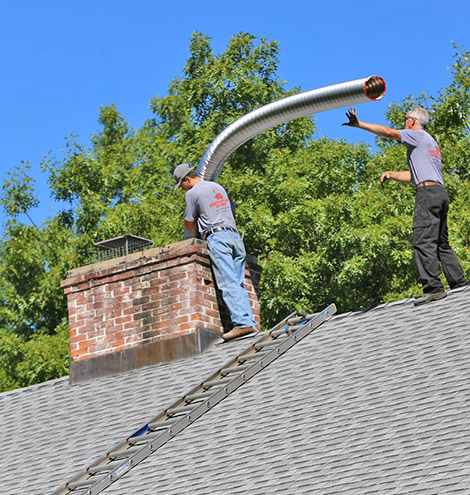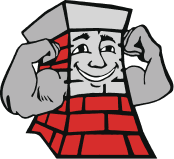How Your Chimney Affects Your Home’s Energy Efficiency
 Do you use your fireplace as a main heating source for your home, or do you rely on it just for supplemental heating? In either case, your home’s overall energy efficiency will be determined to a large degree by the efficiency of your chimney. A clean chimney that is operating optimally is efficient. A chimney in any other condition is not. Here are three points homeowners need to know.
Do you use your fireplace as a main heating source for your home, or do you rely on it just for supplemental heating? In either case, your home’s overall energy efficiency will be determined to a large degree by the efficiency of your chimney. A clean chimney that is operating optimally is efficient. A chimney in any other condition is not. Here are three points homeowners need to know.
1. Keep the chimney clean
The cleanliness of a chimney directly affects the heat and the quality of combustion of logs in the fireplace. Fire cannot reach its peak when air flow is hampered. With sluggish air flow, logs won’t burn completely, less heat will be produced, and smoke and toxins can back up into the room. What can obstruct air flow in a chimney?
Over time, soot and creosote begin to build up within a chimney – often to the point of impeding the flow of air. Additionally, obstructions from outside such as bird nests, small dead animals, leaves, twigs and other debris can create blockages. Annual chimney cleaning by a professional chimney sweep is the only way to keep your chimney and fireplace running at high efficiency.
2. Other air flow problems
Along with blockages in the chimney, a lack of interior air to create a draft can cause fireplaces to operate inefficiently. Chimneys have no motor or exhaust device – they operate on the principle of convection, or the rising of warm air. For air in the firebox to rise, there must be a source of air being drawn into it.
If your home is particularly “air-tight,” you might experience drafting issues with your chimney. One way to solve this is to slightly open a window or two to bring a small amount of air into the home. Keep in mind that exhaust fans in kitchens and bathrooms and the exhaust from clothes dryers also can wreak havoc with air pressure inside the home, creating a perfect environment for fireplace backdrafts. You may find it best to limit the use of these and other devices that draw air outside the house when running your fireplace.
3. Periods of non-use
 When the fireplace isn’t in use, energy efficiency in the home can be compromised. Address this problem by making sure the damper is closed and sealed tightly any time you’re not burning a fire. Another way to prevent interior heat loss is to have your chimney insulated. When chimney masonry is cold, it transfers that cold to the inside of the chimney and, eventually, into your home. Tempered glass fireplace doors also prevent excessive interior heat loss.
When the fireplace isn’t in use, energy efficiency in the home can be compromised. Address this problem by making sure the damper is closed and sealed tightly any time you’re not burning a fire. Another way to prevent interior heat loss is to have your chimney insulated. When chimney masonry is cold, it transfers that cold to the inside of the chimney and, eventually, into your home. Tempered glass fireplace doors also prevent excessive interior heat loss.
Applying these tips will ensure that your chimney and fireplace are getting sufficient and correct air flow, and that your home contains enough air to allow the unit to draft properly.
The experts at Northeastern Chimney of West Hartford, CT, can help you increase the performance of your fireplace and add to your home’s energy efficiency with professional cleaning, inspection and maintenance of your system. Call (860) 233-5770 with questions or to schedule a service visit.


